The Paradox of Missing Antimatter
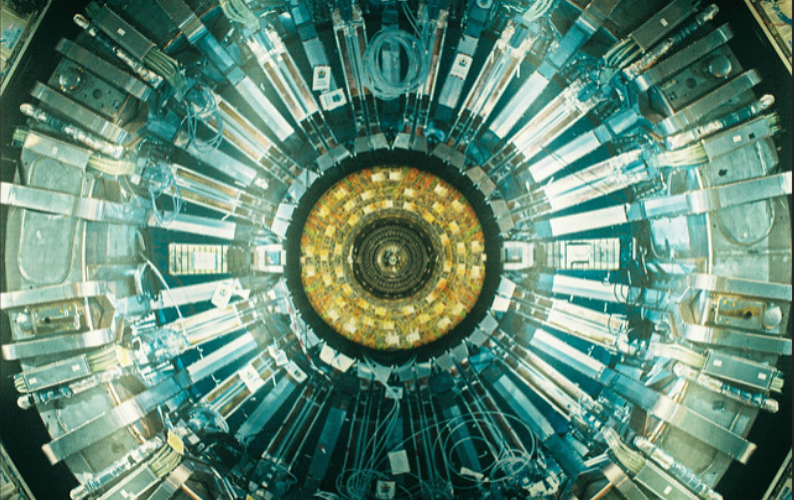
Ask a particle physicist this, and they may be tempted to drag you to the nearest blackboard, write down four lines of maths, and stare at you expectantly as if you’re meant to understand what on earth it means. These four lines represent the Standard Model of particle physics, which is our most up-to-date attempt to mathematically describe the fundamental constituents of matter, and the forces with which they interact. By matter, I mean what makes up everything around us – planets, stars, life, all composed of atoms, which in turn are composed of smaller particles like electrons and quarks. These building blocks of matter are the particles that the Standard Model governs.
The standard model has been highly successful at predicting the outcome of experiments, for example those conducted in the Large Hadron Collider (LHC) at CERN, and it has withstood basically every test that has been thrown at it. It explains the nature of matter on a very fundamental level. But it’s actually pretty useless at explaining how we ended up with all this matter in the first place.
So, what do these equations have to say about how matter came into existence? I hope you’ll agree that electrons definitely exist. How is an electron created? The standard model says it can come into existence during, for example, photon decay. But this process requires another particle, a positron, that must also appear at the same place and time. The positron is the electron’s antiparticle, meaning it has the same mass as the electron but is oppositely charged 1. The positron is said to be one of the building blocks of antimatter, which we will expand on below. Such an event is not the only way electrons can be created, but whatever the process, the electron must always emerge with its oppositely charged sibling. The universe seems to run a two for one deal on fundamental particles.
It seems that if the standard model is a true description of reality, it would imply that there are just as many positrons in the universe as electrons. We know there are plenty of electrons present today; each atom has a bunch of electrons orbiting them. But positrons are a rather rare spectacle; they appear in cosmic rays but not many other places. We have arrived at a paradox.
Perhaps there is some way the positrons could have been destroyed while the electrons survived. The only way you can destroy a positron, according to the standard model, is to annihilate it with an electron, but in reverse. The only way to create or destroy electrons or positrons is via processes similar to the above. This is not just the case for electrons; the same applies to all particles in the standard model that make up matter. While a proton is made up of three bound quarks, there can exist antiprotons consisting of three antiquarks. With antiprotons, antineutrons and positrons, antiatoms can form, which, just like atoms, can bind in all the ways necessary to end up with anti-stars, anti-planets, anti-life, the whole shebang. It’s all referred to as antimatter, which is a little misleading since it behaves rather a lot like matter, just with charges reversed. If we had the same number of antiprotons as protons and antineutrons as neutrons, we would end up with the same number of anti-atoms, anti-stars and anti-planets.
Where is all of this antimatter? In 1998 an experiment was sent into space (the Alpha Magnetic Spectrometer, or AMS) 2 to compare the density of helium and antihelium in cosmic rays. It detected at least three million helium atoms per antihelium. Perhaps matter and antimatter have become separated somehow. Perhaps we just live in some huge region of space containing matter, and there are antimatter regions elsewhere in the universe. Could we detect the presence of an antimatter region, say, by finding an antigalaxy? To detect normal galaxies, we rely on nuclear fusion in stars, to emit light that can be picked up by our telescopes. Since “antifusion” in antistars would emit the same frequency of radiation as normal fusion, we can’t really tell whether or not a galaxy is made of matter or antimatter. However, we know that galaxy collisions are reasonably common. The collision between galaxy and antigalaxy would result in the annihilation of each particle-antiparticle pair that come into contact. The reverse of Fig. 2 on a grand scale.
This would be a truly awesome event, making the black hole merger recently detected via gravitational waves 3 look like a sneeze. The energy emitted would be E = mc2 where m is the combined mass of the two galaxies. In a back-of-the-envelope calculation, one would simply add the masses of the two galaxies and multiply by c2 to find an energy output 1020,000 (1 followed by 20,000 zeros) times more than your average supernova. Suffice to say we definitely would have noticed this.
Regardless of how you theorise how matter and antimatter have been distributed, the inevitable annihilations of objects and “anti-objects” would create a lot more radiation coming from the skies than we observe. It seems matter rules our Universe. So, is it curtains for the standard model? Not quite. There have been a number of results from experiments throughout the years that may account for the matter/antimatter imbalance 4. The first of which concerned a strange particle called the kaon. Similar to a proton made of three quarks bound together, a kaon consists of two, a quark/antiquark pair to be precise. It’s possible for the kaon to transform into an antikaon spontaneously. It was originally thought that the probability of such a transition was the same as that of the reverse, an antikaon turning into a kaon, so overall the matter/antimatter balance would be preserved.
In 1964, it was discovered that in fact the two probabilities are different; the particles prefer to be kaons rather than antikaons. The technical expression for phenomena like these is “CP-violation”, if you want to do some hardcore technical reading. These types of processes, combined with some extra conditions about thermodynamics in the early universe, could be enough to explain the imbalance we see. For some time kaons seemed to be the only particle which could behave in such a CP-violating way. However, in 1983, CP-violation made a comeback when it was found that a whole new family of particles, called the B mesons, were capable of a plethora of such processes. The imbalance caused by kaons and B mesons is still nowhere near enough to explain the matter-dominated universe. The race to find more of these processes, and understand the mysterious underlying mechanisms that cause them, is still happening today. Experiments around the world like the LHCb detector at CERN are dedicated to this goal. In tandem, theoretical physicists are searching for extensions to the standard model that induce an imbalance to the extent we need.
It looks like the search may have only just begun; it could lead us to some new and profound realisations about why the universe is the way it is.
This article was specialist edited by Adrian Buzatu and copy edited by Andrew Denman.

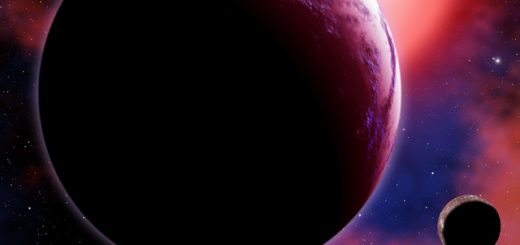
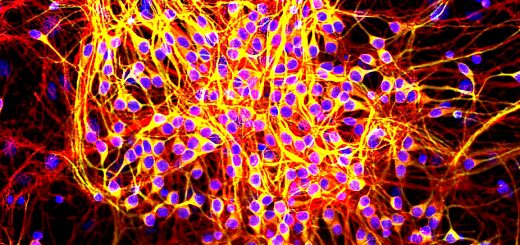


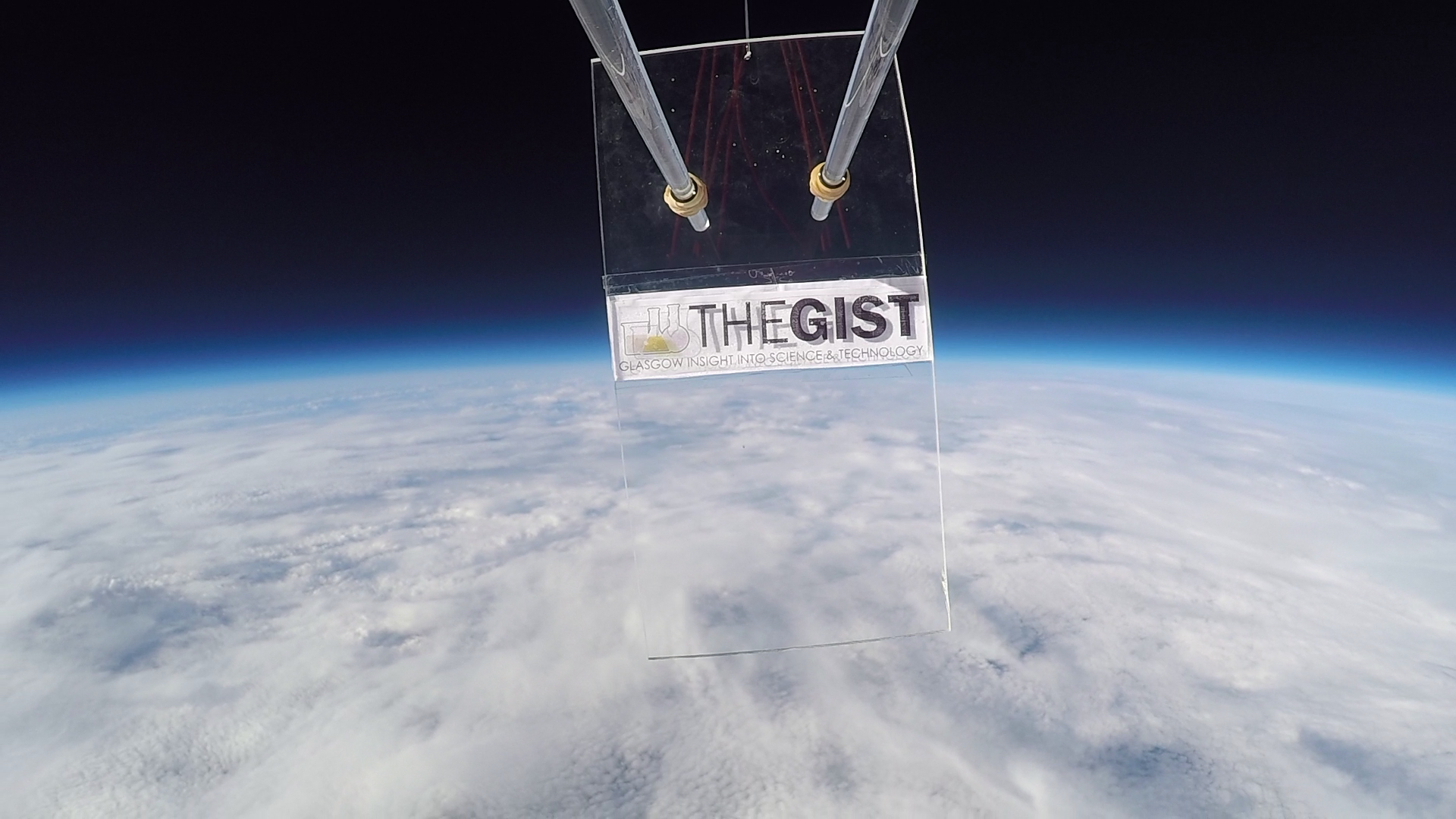




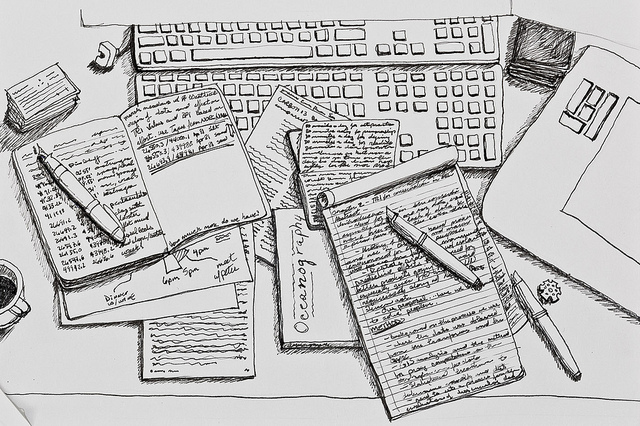
How is an electron created?
My hypothesis about the smallest building blocks in the Universe.
As the universe may be assumed to have originally been a chargeless vacuum which is an electrical instability, the whole universe would spontaneously be made of electron-positron pair production.
These elementary particles, electrons and positrons annihilate (cancel out) each other and are recreated the whole time, particles that are constantly made and destroyed. No energy is required to make an electron-positron pair in a chargeless vacuum, the negative particle has the same amount of negative energy and mass as the mass and energy of the positive particle, a zero sum game. If there is a disturbance in the pair production process the positrons or electrons accelerate, create a form of spin and to a large extent all this electrical charge is transferred into kinetic energy. This unleashes a kind of chain reaction which means that parts of the Universe develop very quickly. If the quark spin made by positrons, matter is created. The mass of the proton, which consists of two up quarks and one down quark, is 1836 me (electron mass) and the mass of the neutron, which consists of two down quarks and one up quark, is 1839 me. For each proton and neutron created an equal number of electrons remain as the number of positrons in the mass created. The electrons become the “atmosphere” of the space.